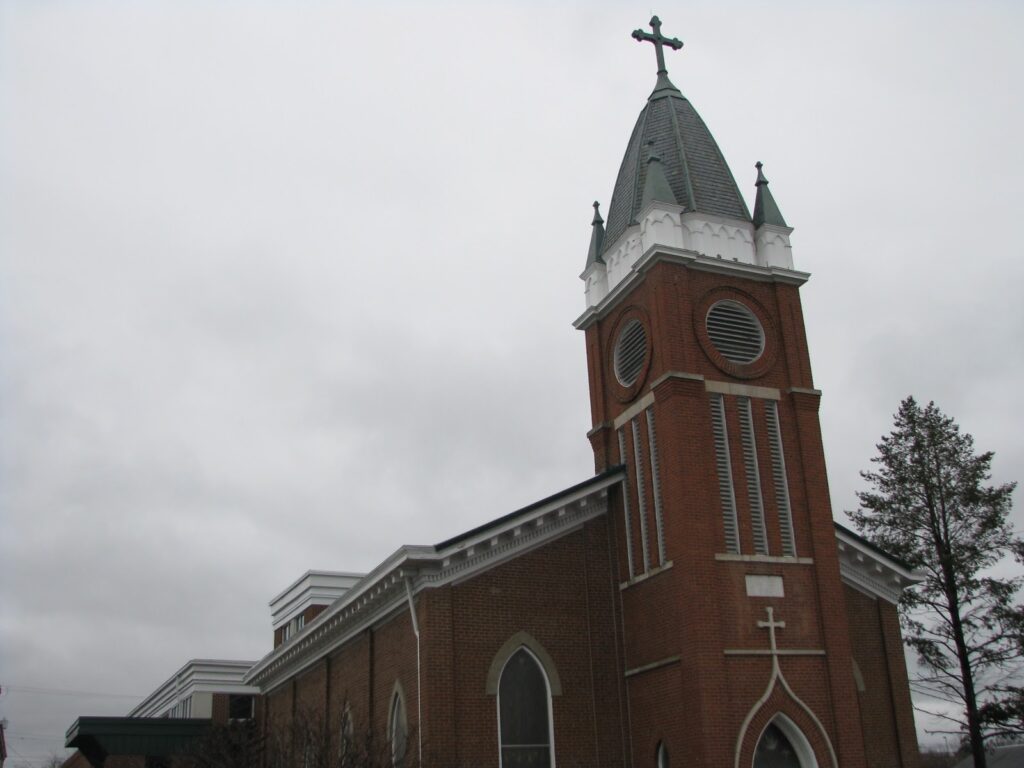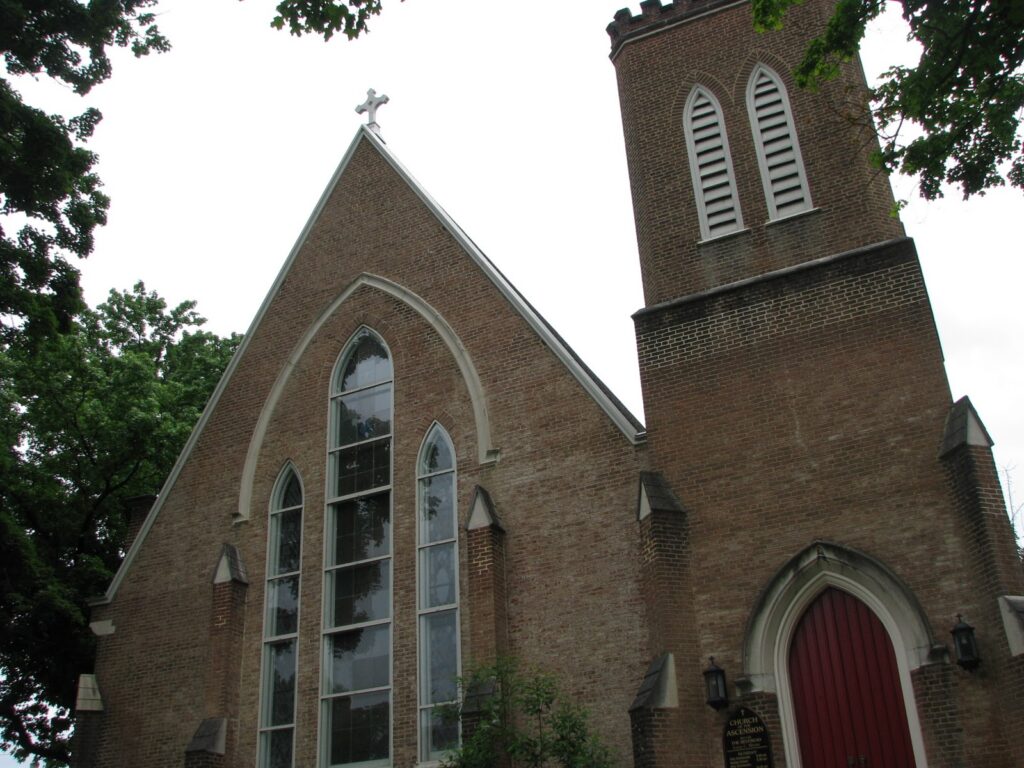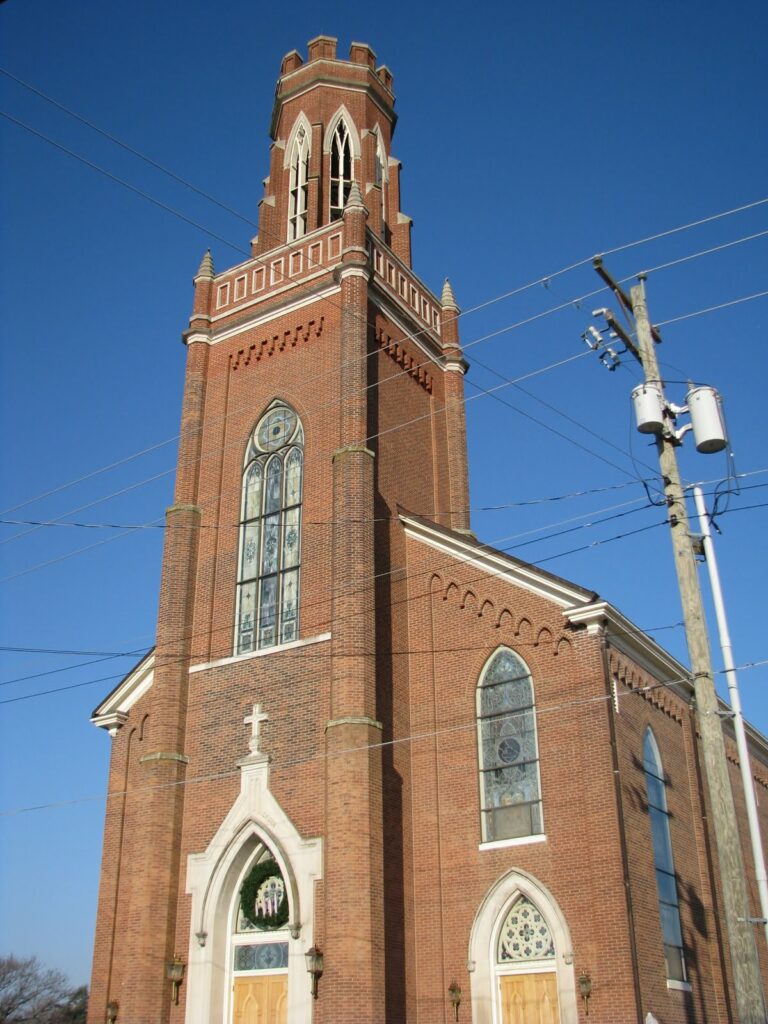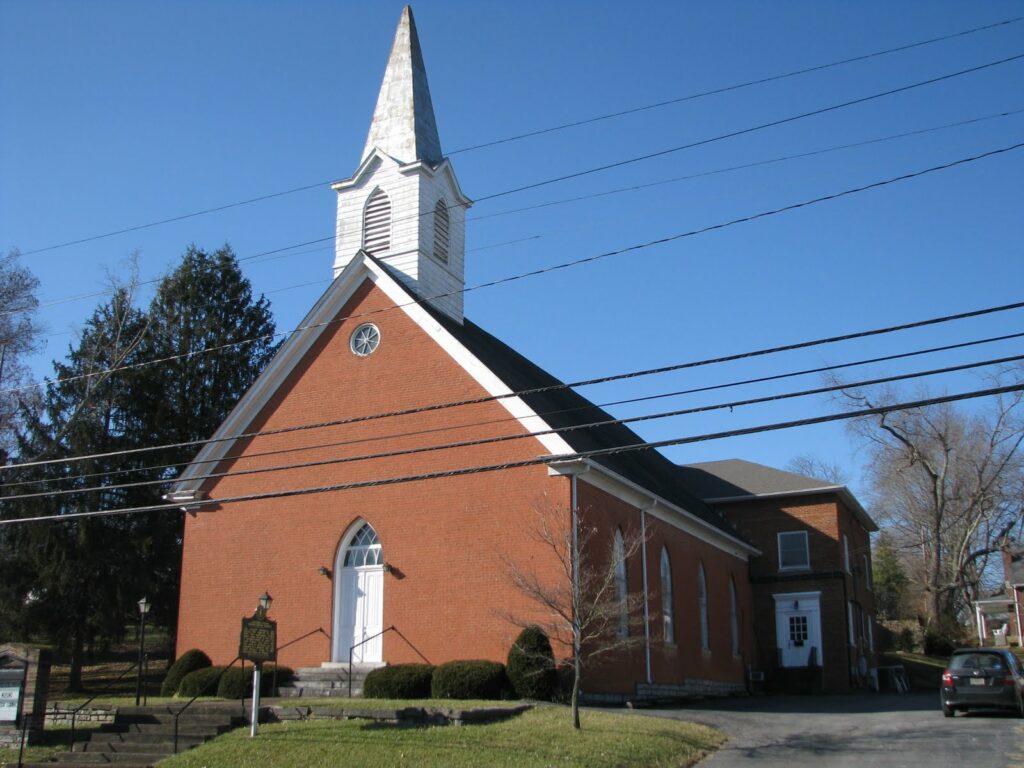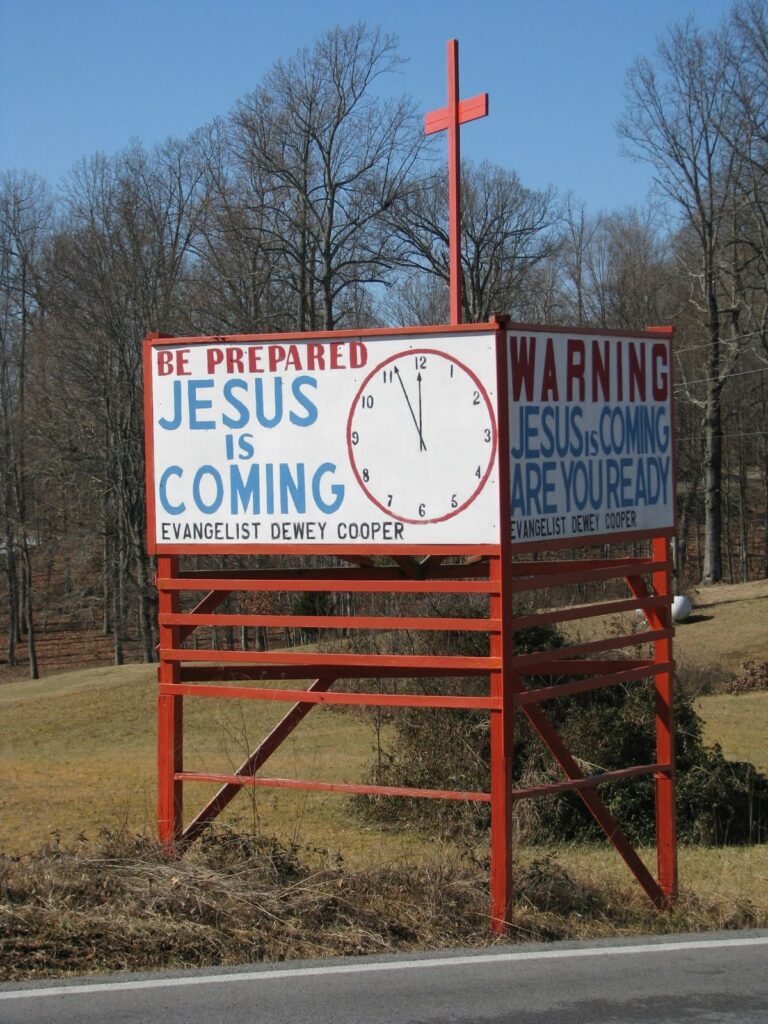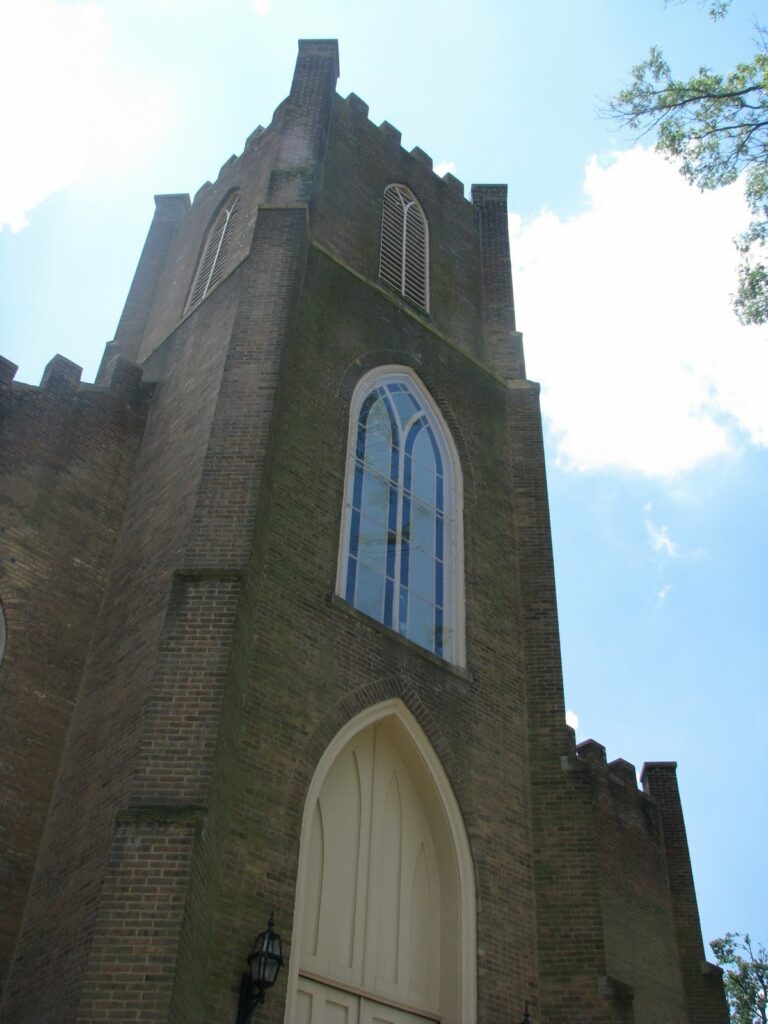Paris, as well as its churches, are filled with history. There are several beautiful churches in Paris.
 |
| First Christian Church, Paris, Ky. |
The First Christian Church in Paris was first organized in 1827. The beginning of the “Christian Church” actually began nearby in Bourbon County at the Cane Ridge Revival in 1801. The early congregation hosted leaders of the movement, Barton Stone and Alexander Campbell. The church is set on a slight hill and is the church’s third structure. Built in the Romanesque style, it was dedicated in 1902.
 |
| Annunciation Catholic Church, Paris, Ky. |
The Catholic Church in Paris has lovely grounds with a garden walk. The cornerstone of this beautiful church was laid in 1858 by the first bishop of Covington, Bishop Carrell; the church was completed in 1861 and dedicated under the “Annunciation of the Blessed Virgin Mary.” And as always, I love that Catholic Churches are open for prayer during the day!
 |
| St. Peter’s Episcopal Church, Paris, Ky. |
Finally, St. Peter’s Episcopal Church is located next to the Duncan Tavern. I can’t find much information about the history of this church, but I know it has a gorgeous sanctuary (my wife used to have her voice recitals there). Being so close to both Duncan Tavern and the Bourbon County Courthouse, one must know that it was a house of worship for many early leaders in the area.





